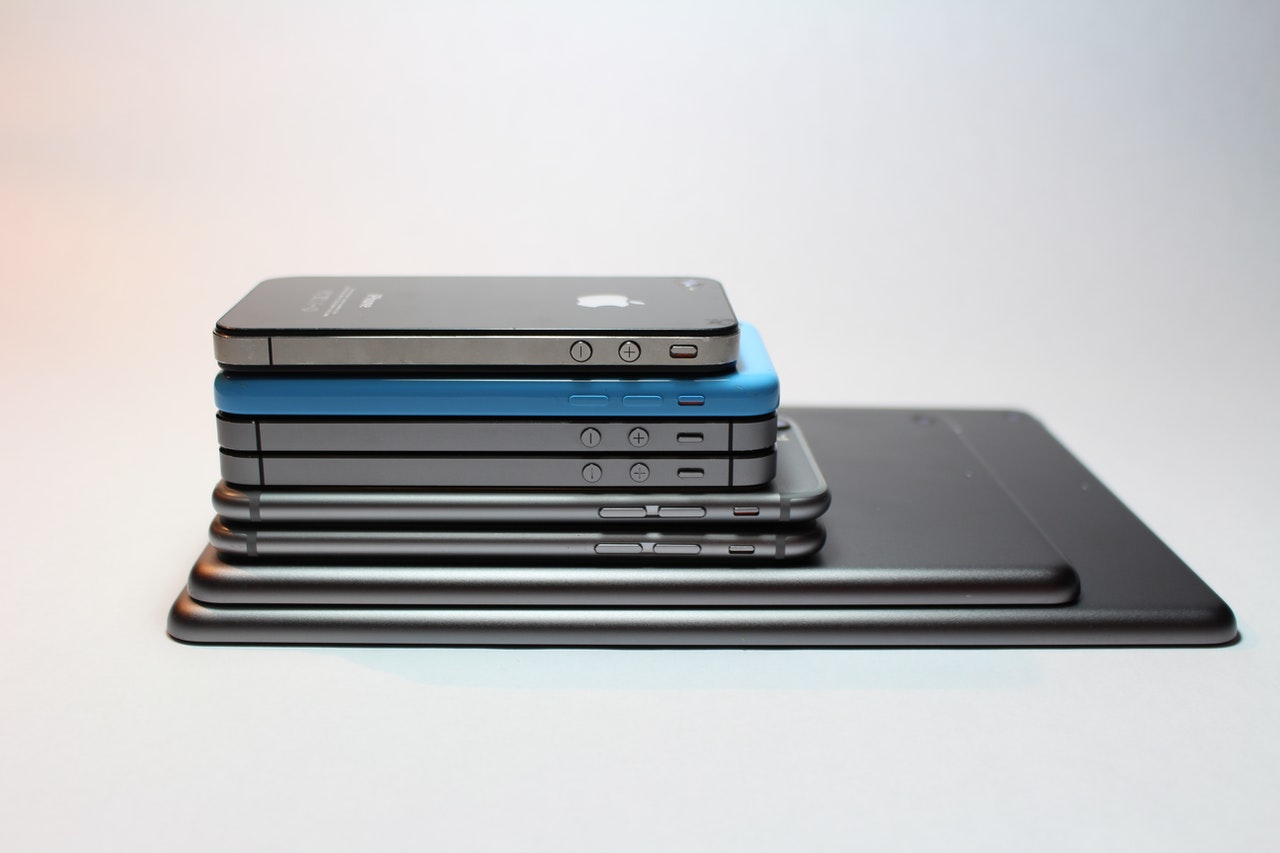Do you remember that article about Nigerians not buying phones or the one about Africa almost running out of new smartphones? We covered those stories & spotlighted how the pandemic slowed the production of smartphones and increased the prices of phones in the market. There were a lot of scary numbers speculating the great smartphone decline in Africa—*waves hands dramatically*. Well, turns out Africans found a way around that problem: Second-hand phones.
Here’s a simple truth: Africans are resourceful and resilient people.
And according to the Counterpoint Research report on Financial Express, we were exceptional in the resold phones area during the second half of 2020. As a result, Africa may dominate the refurbished phone market—alongside India of course.
Look at us go!
PS: We’ve laid out some tips at the end of the article. So stay with us till the last paragraph.
What’s with the second-hand smartphone trend anyway?
I would go on a long spiel about how the global lockdown made phones scarce and expensive, but that’s pretty obvious. The truth is, we just got better at refurbishing used phones!
“…developing regions like India and Africa are showing a higher proportion of new businesses and improvements in domestic tech and repair capabilities,” said Glen Cardoza, senior research analyst at Counterpoint Research.
Better skills? We love to hear it.
But there’s the big question:
Why should you care?
The fact that second-hand smartphones are becoming better, may mean that you might decide to turn in your old phone for a second-hand phone at some point this year or the ones after it. After all, if I can get a fairly used top-tier Samsung phone at the price of an Infinix phone, I just might jump at the opportunity—and you might too.
If that happens, then you will need all your wits about you because these streets can be mean.
Luckily we can help with that. So get your notepads ready, we’re about to lay down some second-hand wisdom—okay that came out wrong.
Rule 1: Always use an OG source
It doesn’t matter whether you’re buying your phone online or offline, you have to ensure the seller is trustworthy. If you aren’t careful, you’d probably be sold a much older model, or worse still, a stolen phone!
Shady shops will always give you shady deals. It’s science.

There are two options when looking to buy refurbished phones. You can buy from major phone repair companies like Carlcare or the manufacturing company. These phones look better and usually come with a warranty and accessories. However, there’s not much wiggle room where price is concerned.
Or you can buy a second-hand smartphone from private sellers, local shops, and even your friendly neighbourhood WhatsApp group. However, these second-hand phones typically don’t come with accessories or warranties.
Either way, you should always DYOR (Do Your Own Research), keep an eye out for warranties and return policies. You also have to physically inspect the phone before buying. That brings us to the second rule.
Rule 2: Check. Check. Check
The camera, the ports, the battery, everything! Check it all.

You can do this manually, or you can go the easy route and run a diagnostic test on your second-hand smartphone. These days smartphones have secret codes and features that run diagnostic tests so you know what’s wrong and whatnot.
Every smartphone model has its special diagnostic code, you can google it. Or you can just check this helpful PCmag guide.
Rule 3: Hands of Esau, Voice of Jacob
Sometimes cheaper second-hand smartphones equal origin stories murkier than Frankenstein’s. Your precious fairly used flagship phone might have been stripped and put back together so many times that it’s probably traumatised.
Don’t fall for that shiny exterior. That gadget might be an iPhone on the outside but a fake on the inside. Always check if it’s an original or a knockoff.
This is when IMEIs come in. The IMEI is like a barcode, but for phones. It stores info about the make of your phone, the year it was released, and other specifications.
To get your IMEI, dial *#06# on your phone. A popup with a 15-digit number will appear, copy it and paste on an IMEI checker site like IMEI.info to make sure your phone’s the real deal.
If there’s no pop-up, then…

Rule 4: Make up your mind
This should have been first on my list.
Never enter the game of second-hand smartphone purchases with indecision, you might get torn to pieces.
You need to focus on the phone model and the specs you want before searching for a used phone dealer. Keep your price range in mind too, so you don’t go over your budget or compromise.
It’s great that Africa is upping its tech repair game, but it also means it may be much harder to spot fake refurbished or second-hand smartphones. So, you need to keep your eyes open when buying your pre-owned smartphones. Have you ever bought a second-hand phone before? What sellers do you recommend? And how did you check if it was original? Please share, you might be helping someone, somewhere.

















